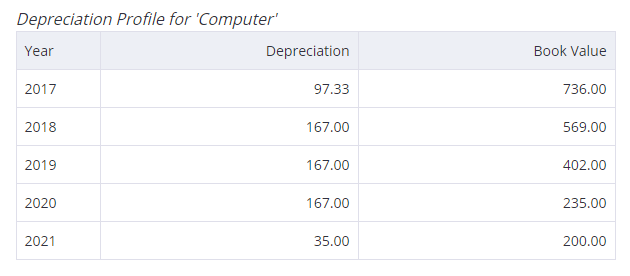Tangible assets - What are tangible assets?
Tangible assets, also known as hard assets, are physical items with a clear purchase value used by a business to produce goods and services.
Debitoor invoicing and accounting software makes it easy for you to track the value of company assets. Try free for 7 days.
Examples of tangible assets include: PP&E, furniture, computers and machinery.
Businesses can also have non-physical assets known as intangible assets, such as goodwill, patents and copyrights.
Current vs. fixed assets
Tangible assets can be divided into two groups: fixed and current.
Current assets - also known as liquid assets - are either cash or items which a business expects to sell by the end of the financial year. Current assets can be sold to increase cash flow or ease debts and other liabilities. Stock is an example of a current asset, as it is expected to be sold in the near future.
Fixed assets are physical items that cannot easily be sold at any point – usually because these items are considered long-term investments or because they are essential for the day-to-day running of the business.Machinery and property are examples of fixed assets, as both are essential in the running of the business so cannot easily be sold.
Tangible assets in accounting
Tangible assets are initially recorded on a balance sheet at the price they originally cost. However, they will eventually move onto an income statement through one of two ways:
Current assets should be organised on the balance sheet depending on how easily they can be converted into cash, with the most ‘liquid’ asset coming highest up the document. When current assets are used, they become part of the cost of goods sold.
Fixed assets move to the income statement through depreciation - an on-going process whereby the cost of an asset is recorded as an expense over its useful lifespan. For example, a computer lasts several years before it breaks or becomes outdated. The initial cost is spread out across the predicted useful life of the computer, with some of the cost being recorded as an expense every year.
Tangible assets in Debitoor
Debitoor invoicing software helps you keep track of company assets and monitor their value over time.
With Debitoor’s larger price plans, you can enter an asset then track depreciation over the asset’s useful lifespan. Just enter the asset as an expense, mark it as an asset then turn on depreciation!
The Debitoor app uses straight-line depreciation to break down the cost of the asset of a set number of years, to make it easier to monitor the value of your assets.

